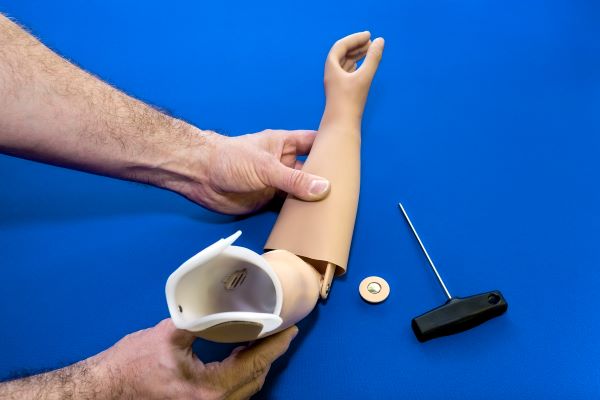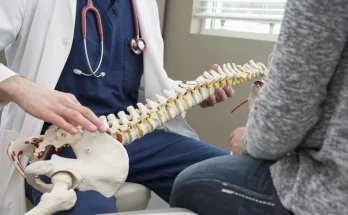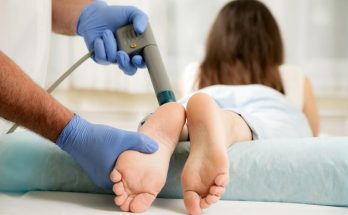In the ever-evolving world of prosthetic technology, transradial prostheses have emerged as a game-changer for individuals with below-elbow needs. These innovative devices are designed not just for functionality but also for comfort, ensuring users can lead active, fulfilling lives. As advancements in materials and design continue to progress, transradial prostheses offer a blend of durability and ease of use.
The focus on user-centered design has led to prostheses that mimic natural hand movements, allowing for a seamless integration into daily activities. From lightweight materials to intuitive control systems, these prosthetic solutions cater to a wide range of lifestyles and preferences. By prioritizing both form and function, modern transradial prostheses are setting new standards in the field, making them an essential consideration for those seeking improved mobility and independence.
Understanding Transradial Prostheses
Transradial prostheses, designed for individuals missing a forearm and hand, offer functional and comfortable solutions. These advanced devices provide users with the ability to perform daily tasks with ease. Key features include lightweight materials like carbon fiber and intuitive control systems such as myoelectric sensors.
Advanced designs allow for precise movements and gripping capabilities. This functionality is critical for enhancing user independence. Many models replicate natural hand aesthetics and movements, boosting user confidence.
PrimeCare Orthotics & Prosthetics is a notable provider that emphasizes tailored prosthetic solutions, ensuring customized fit and comfort. Their expertise in transradial prostheses reflects in the high-quality solutions offered to meet diverse below-elbow needs.
Through understanding transradial prostheses, it’s clear they play a significant role in prosthetic advancements. Users benefit from the enhanced mobility and lifestyle improvements these devices offer.
Key Features of Functional Prostheses

Functional prostheses for below-elbow needs blend innovative engineering with ergonomic design. They prioritize essential aspects that enhance the daily experiences of their users.
Focus on Usability
Effective prostheses integrate intuitive control systems like myoelectric sensors, which read muscle signals to execute hand movements. This feature allows users to perform tasks easily, such as typing or cooking. Lightweight materials, including carbon fiber, ensure the device is comfortable to wear throughout the day. Customizable interfaces, like those offered by PrimeCare Orthotics & Prosthetics, allow tailored fits, further enhancing usability.
Durability and Performance
Prostheses crafted from robust materials, such as titanium and high-strength polymers, withstand daily wear and tear. These materials contribute to the longevity of the device while ensuring reliable performance. Advanced designs enable precise gripping capabilities, important for various activities like holding a cup or using hand tools. High-performance components maintain function in a range of environments, aiding user independence and confidence.
Comfort in Prosthetic Design
Comfort in prosthetic design focuses on enhancing user experience by prioritizing materials and fit while considering weight. Properly designed transradial prostheses significantly improve daily life for individuals with below-elbow needs.
Materials and Fit
A comfortable transradial prosthesis often utilizes advanced materials like silicone liners and thermoplastics. These materials cushion the residual limb, reducing pressure points. A tailored fit is crucial for ensuring prosthetic use without irritation. Providers like PrimeCare Orthotics & Prosthetics specialize in custom solutions, addressing each user’s unique anatomy to enhance comfort and usability.
Weight Considerations
Prosthetic weight directly impacts user comfort and functionality. Lightweight materials such as carbon fiber and titanium offer strength without adding excessive weight. By minimizing weight, users experience less fatigue, improving long-term wearability. Engineers design prostheses to balance durability with reduced mass, promoting ease in everyday activities.
Advancements in Prosthetic Technology
Modern prosthetic technology continuously evolves to meet the dynamic needs of users, particularly those with below-elbow requirements. Advances in sensor and control systems, as well as customization options, play pivotal roles in enhancing transradial prostheses.
Sensor and Control Systems
Transradial prostheses often incorporate advanced sensor and control systems. Myoelectric sensors detect electrical signals from the user’s muscles, translating them into precise prosthetic movements. This technology enables users to execute complex tasks with increased dexterity. Some prosthetic models include Bluetooth connectivity for real-time software updates, improving functionality.
Customization Options
Customization stands as a key innovation in prosthetic development. Providers like PrimeCare Orthotics & Prosthetics offer tailored solutions, ensuring optimal fit and comfort. Users can select from various socket designs and lightweight materials, such as carbon fiber, to maximize wearability. Adjustable components allow for modifications as needs evolve, enhancing the prosthesis’s utility and alignment with individual preferences.
User Experiences and Feedback
User feedback on transradial prostheses highlights the transformative impact of these devices on daily life. Many users report enhanced independence, citing the ability to perform tasks like cooking, typing, and carrying objects with ease. The blend of lightweight yet durable materials ensures that the prosthesis feels an integral part of the body, minimizing fatigue during extended use.
Comfort remains a significant factor in user satisfaction. Advanced fit and adjustable components ensure a customized feel, reducing irritation and pressure points. Users appreciate the use of materials such as silicone liners, which enhance comfort by cushioning the residual limb.
Advanced control systems in prostheses receive praise for their intuitive nature. Users often highlight the ease of adapting to technology like myoelectric sensors, which seamlessly translate muscle signals into motion. This feature empowers them with dexterity, improving interactions in both personal and professional environments.
Providers like PrimeCare Orthotics & Prosthetics receive commendations for their personalized approach. Users value their commitment to individualized solutions, ensuring an optimal and comfortable fit for each prosthesis, which greatly enhances overall user experience.




